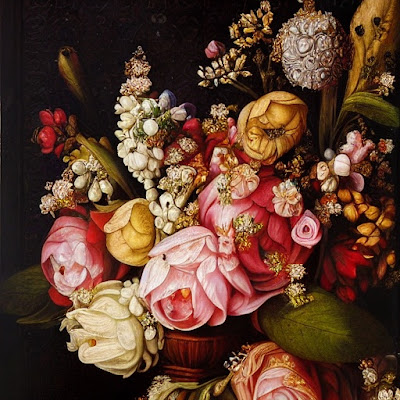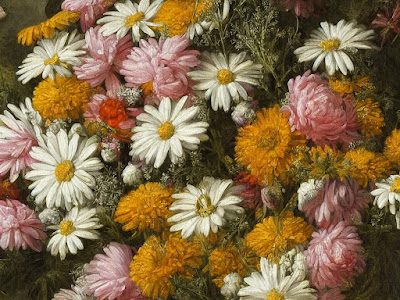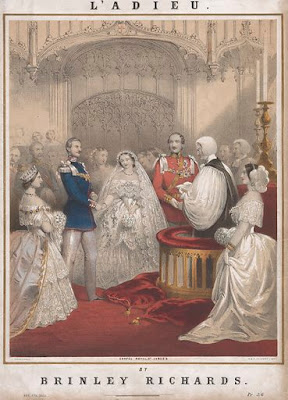Every December 31st, as the clock counts down to midnight, millions of couples lean in for one symbolic act: the New Year’s kiss. Today, we think of it as romantic, sweet, or maybe a little superstitious, but this moment has a surprisingly long and meaningful history. The New Year’s kiss didn’t emerge out of nowhere. It evolved from ancient festivals, medieval relationship rituals, Victorian fortune-telling, and eventually Hollywood romance.
And once you trace its path, you can clearly see how the New Year’s kiss has always been connected to the same themes found in wedding traditions: renewal, unity, blessing, and partnership.
Here’s the fascinating history behind the kiss that starts the year and its ties to wedding traditions.
Ancient Roots: Renewal, Fertility, and Bonding
Long before fireworks and champagne, ancient cultures marked the turning of the year with festivals centered on renewal, a theme that runs through wedding traditions as well.
Roman Saturnalia & Calends
During Saturnalia (late December) and the Calends (early January), Romans celebrated with feasting, dancing, and yes, plenty of public kissing.
But those kisses weren’t romantic. They symbolized:
- community harmony
- goodwill
- good fortune for the coming year.
Ancient marriage rites also tied the idea of unity and prosperity to ceremonial gestures. So even early on, New Year traditions and wedding symbolism overlapped in themes of blessing and new beginnings.
Medieval and Early Modern Europe: Kissing as a Binding Gesture
In medieval Europe, winter festivals blended pagan customs with Christian celebrations. The turning of the year became a moment to seal bonds: social, emotional, and sometimes romantic.
A Kiss as a Promise
In some communities, sharing a kiss during a threshold moment (like midnight or the start of a festival day) was believed to “bind” two people together for the year ahead.
This echoes medieval marriage rituals where the kiss was:
- a sign of agreement,
- a merging of households,
- a public signal of partnership.
While a New Year’s kiss wasn't a marriage kiss, it carried the meaning of choosing someone to enter the new year with, similar to the social symbolism of choosing a spouse.
Renaissance Masquerade Balls: Masks, Identity, and Midnight Reveals
By the Renaissance era, masked balls were a common feature of New Year festivities, especially in parts of Europe.
Unmasking at Midnight
Traditionally, masks were removed at midnight, a symbolic shedding of the old year. Dancers then exchanged midnight kisses to:
- welcome renewal,
- show honesty after the “mask” of the past year,
- establish unity going forward.
This mirrors wedding symbolism beautifully: the moment two people step into a new identity together, entering a fresh chapter with openness and intention.
Victorian Superstitions: A Kiss That Predicts Your Love Life
Victorians adored romantic symbolism, and they helped transform the New Year’s kiss into a full-blown romantic superstition.
What Victorians Believed
They held that:
- not kissing anyone at midnight meant a year of loneliness
- kissing the wrong person brought relationship misfortune
- kissing your partner ensured loyalty and affection for the next twelve months
Victorian culture was obsessed with the idea that the first actions of the year shaped your destiny, from the “first foot” to the first words you spoke. The midnight kiss became a little love-ritual meant to bless the coming year, much like marriage superstitions meant to ensure a prosperous household.
20th Century Pop Culture: Hollywood Makes It Iconic
While the tradition already had centuries of symbolic meaning, it was the 20th century that cemented the New Year’s kiss in the public imagination.
Movies & Television
Classic Hollywood films often featured a romantic climax at midnight lovers reunited, confessions made, or long-awaited kisses finally shared. These scenes made the midnight kiss a cultural standard.
Times Square & Mass Celebrations
As New Year’s Eve became a televised event, the image of couples kissing at midnight became universal. The tradition stopped being regional and became global, the moment the year officially “begins” with love.
Why the New Year’s Kiss Feels So Much Like a Mini Wedding Moment
When you look at its history, it becomes clear why this ritual resonates so strongly with wedding traditions. Both share foundational themes:
1. Renewal
Both weddings and New Year’s Eve mark a step into a new phase of life.
2. Unity
A kiss symbolizes partnership and connection.
3. Prosperity and Blessing
Ancient and Victorian customs both viewed the kiss as protection for the year ahead.
4. Choosing Your Companion
In medieval belief, the person you kissed at a threshold moment shaped your future, much like the meaning behind choosing a spouse.
In this way, a midnight kiss becomes more than a tradition. It’s a symbolic echo of the ideas found in marriage rituals throughout history.
Why We Still Do It Today
Even though most people no longer know the centuries of symbolism behind it, the emotional meaning of the wedding kiss remains powerful.
A New Year’s kiss represents:
- hope
- love
- intimacy
- and the desire to begin the year with the person who matters most
Like many wedding traditions, the wedding kiss's power lies in the feeling it creates, a small ritual that carries big meaning.
The Kiss Is More than a Cute Tradition
From Roman celebrations to masquerade balls and modern Times Square traditions, the New Year’s kiss has always carried themes of renewal, unity, and shared beginnings. And when we look closely, these are the very same ideas woven into wedding traditions.
Just as the wedding kiss seals a couple’s vows and symbolizes the moment two lives join into one, the New Year’s kiss marks the start of a fresh chapter embraced together. Both gestures are small but powerful rituals that communicate love, commitment, and hope for the future.
In many ways, the kiss that begins a marriage and the kiss that begins a new year serve the same symbolic purpose: they are promises made at life’s thresholds, moments of transition where we choose to step forward with someone we love.
***
Some links in this post are affiliate links. We are a
participant in the Amazon Services LLC Associates Program, an affiliate
advertising program designed to provide a means for us to earn fees by linking
to amazon.com and affiliate sites.
Photo credits: publicdomainpictures, rawpixel.com, pixnio.com, publicdomainpictures, commons.wikimedia, pickpik.com





















